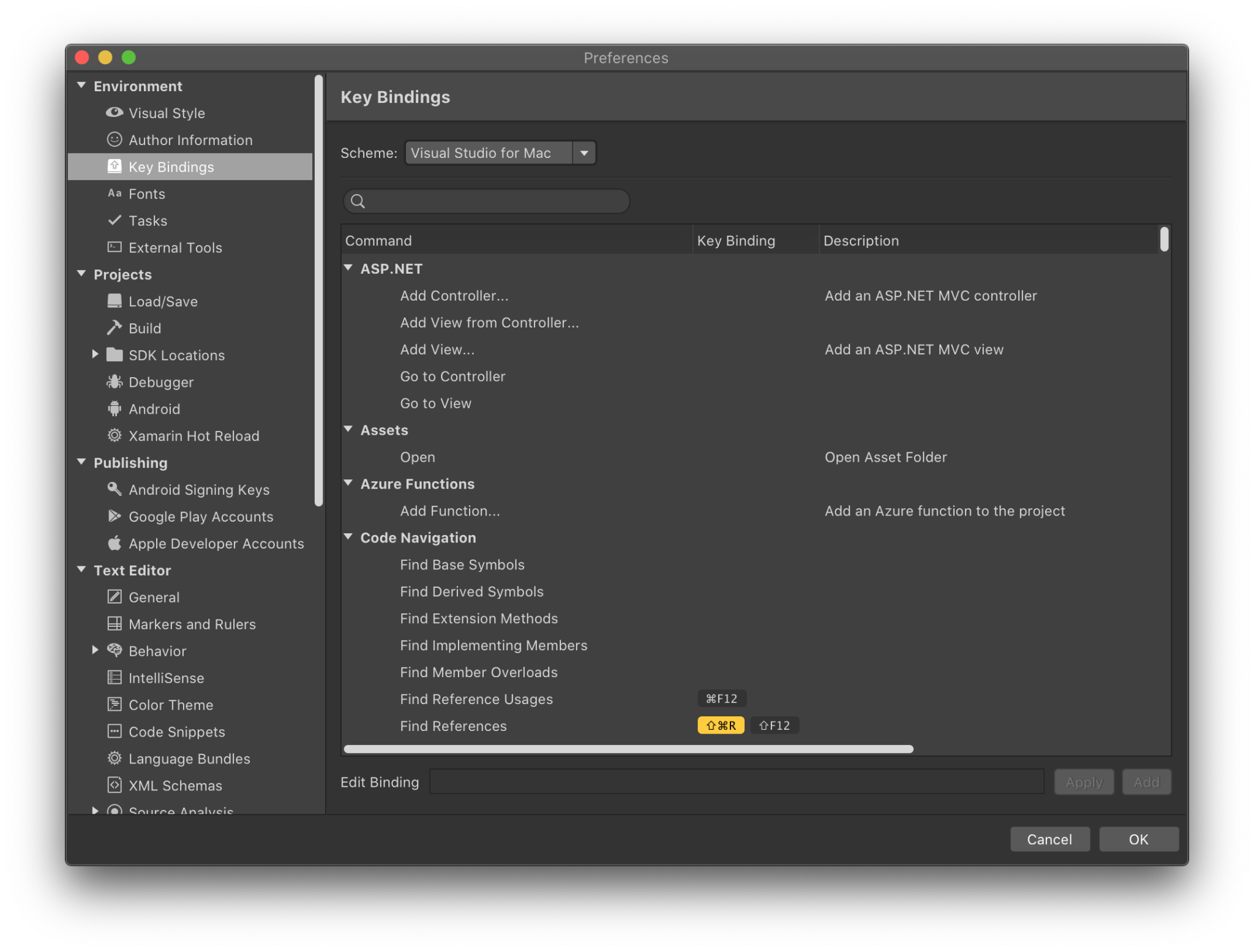

- ECLIPSE SET VISUAL STUDIO SHORTCUTS PDF
- ECLIPSE SET VISUAL STUDIO SHORTCUTS FULL
- ECLIPSE SET VISUAL STUDIO SHORTCUTS CODE
In the Abbreviation dialog, type the desired abbreviation and click OK. On the Keymap page of the Settings/Preferences dialog Ctrl+Alt+S, right-click an action and select Add Abbreviation.
ECLIPSE SET VISUAL STUDIO SHORTCUTS FULL
If you assign an abbreviation for this action (like JCF), you can then type it instead of the full action name. For example, you can press Ctrl+Shift+A and type the name of the Jump to Colors and Fonts action to quickly modify the color and font settings of the element under the current caret position. Add an abbreviationĪn abbreviation can be used to quickly find an action without a shortcut. The performed mouse manipulations are displayed in the Mouse Shortcut dialog, as well as a warning if it conflicts with existing shortcuts. In the Mouse Shortcut dialog, move the mouse pointer to the central area and click or scroll as necessary.

On the Keymap page of the Settings/Preferences dialog Ctrl+Alt+S, right-click an action and select Add Mouse Shortcut. The key combination that you press is displayed in the Keyboard Shortcut dialog, as well as a warning if it conflicts with existing shortcuts. If necessary, select the Second stroke checkbox to define a complex shortcut with two sequential key combinations.

If you want to use them as shortcuts, click in the Keyboard Shortcut dialog and select the necessary key or combination. Pressing some keys or key combinations, such as Enter or Ctrl+Tab, will result in the actual action, such as closing the dialog. In the Keyboard Shortcut dialog, press the necessary key combination. On the Keymap page of the Settings/Preferences dialog Ctrl+Alt+S, right-click an action and select Add Keyboard Shortcut.
ECLIPSE SET VISUAL STUDIO SHORTCUTS PDF
To view the keymap reference as PDF, choose Help | Keyboard Shortcuts PDF from the main menu. When consulting this page and other pages in IntelliJ IDEA documentation, you can see keyboard shortcuts for the keymap that you use in the IDE - choose it using the selector at the top of a page.

If you know the shortcut of an action, click and press the key combination in the Find Shortcut dialog. To find an action by name, type it in the search field. The keymap itself is a list of actions with corresponding keyboard and mouse shortcuts, and abbreviations. For information about the keymap files, see Location of user-defined keymaps. It inherits unmodified shortcuts from the parent keymap and defines only those that were changed. Click to duplicate the selected keymap, rename, remove, or restore it to default values.Ī custom keymap is not a full copy of its parent keymap. When you modify any shortcut, IntelliJ IDEA creates a copy of the currently selected keymap, which you can configure. Make sure that it matches the OS you are using or select the one that matches shortcuts from another IDE or editor you are used to (for example, Eclipse or NetBeans). IntelliJ IDEA automatically suggests a predefined keymap based on your environment. To view the keymap configuration, open the Settings/Preferences dialog Ctrl+Alt+S and select Keymap.
ECLIPSE SET VISUAL STUDIO SHORTCUTS CODE
Icon appears when a non-preferred style is used, and you can choose an option on the Quick Actions list to automatically rewrite code to the preferred style.IntelliJ IDEA includes several predefined keymaps and lets you customize frequently used shortcuts. If you want to enable Quick Actions for a code style, ensure that the Severity setting is set to something other than Refactoring Only. Severity can be set to Refactoring Only, Suggestion, Warning, or Error. Preference and severityįor each code style setting on this page, you can set the Preference and Severity values using the drop-downs on each line. editorconfig file that's associated with the project. If you want to associate code style preferences with your project and have the styles enforced during build, specify the preferences in an. In addition, they aren't enforced at build time, including in continuous integration (CI) builds. Options set in this window are applicable to your Visual Studio personalization account and aren't associated with a particular project or codebase.


 0 kommentar(er)
0 kommentar(er)
